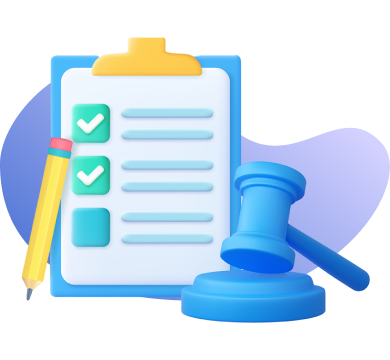Year-End Tasks
PayYes helps you plan ahead and organize year-end activities


Checklist:
- Verify the employer and employee data that is used in processing your quarterly tax report and W-2s.
- Confirm that employee names and social security numbers are in the correct format.
Check wage, tax and benefits data. - Remind employees to fill out a new Form W-4 if their situation has changed.
- Determine whether all adjustments are applied or that an adjustment payroll has been scheduled.
- Ensure adequate payroll supplies to complete the year and to begin the New Year, including blank checks, payroll forms and blank Form W-2s.
Payroll Tax Deposit
If you reported total taxes of . . .
- $50,000 or less, you are a monthly depositor
- more than $50,000, you are a semiweekly depositor


But, there are two exceptions
- Businesses that have accumulated less than $2,500 in quarterly employment taxes will be allowed to make payments every three months, rather than on a monthly basis.
- If you accumulate a tax liability of $100,000 or more on any day during a deposit period, you must deposit the tax by the next banking day, whether you were a monthly or semiweekly depositor.